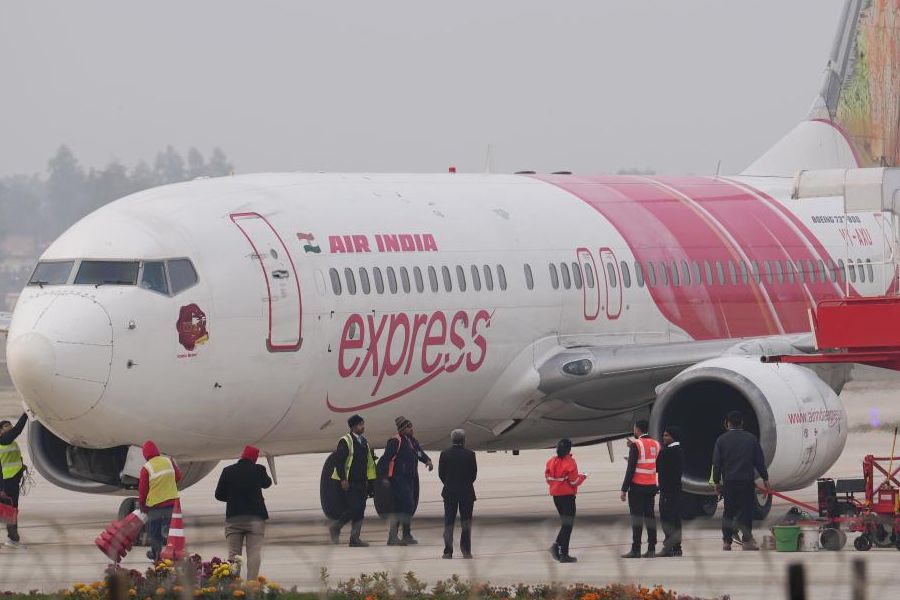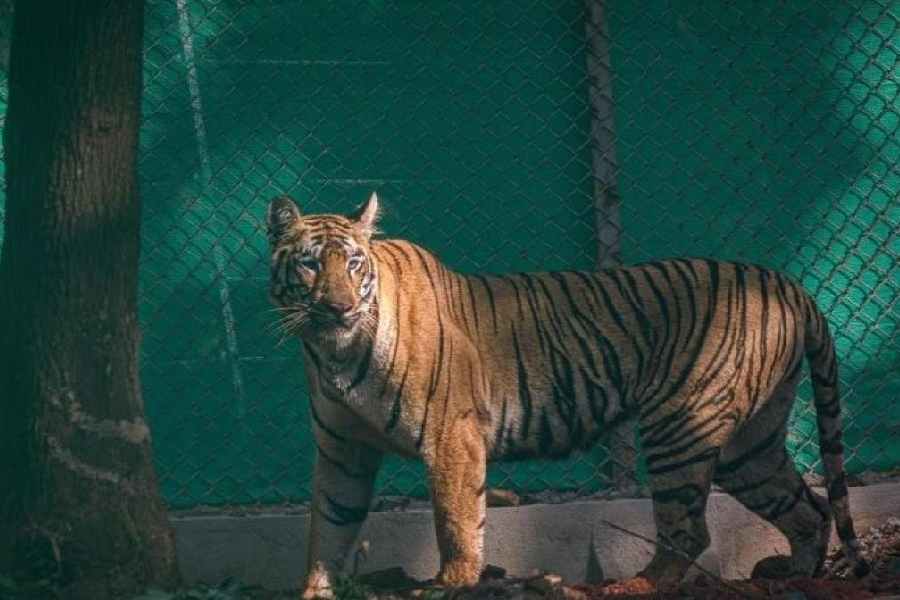For thousands of years, millions of faceless and nameless kalakars (artistes) have kept alive the glorious tradition of their respective fields. There was absolutely no way for documentation, but the practitioners had developed a way of preserving their own form of art (kala), which gave them social recognition, some prestige and most importantly, livelihood. Their methodology was simple: when practitioners became real experts or specialists, they donned the mantle of guru (teacher, a very weak translation) and created the next generation of sishyas (disciples), who kept alive the tradition, nurtured it and one could say, protected it. It was a primitive way and required complete commitment and single-minded devotion, and both the guru and the sishyas were up to the task.
Difficult songs — from ancient texts or written by the gurus themselves — had to be memorised and practised. Various dance forms could only be mastered after, say, decades of continuous practice. However, in the process, some precious gems of couplets and stanzas have been lost forever. Yes some sincere attempts were made to collect some of these gems and these have been already published. The sad part is that some of the purely indigenous way of music and the country way of adding rhythm to it set to match the specific lyric have not been documented, at least not in any recent memory.
Odisha is home to some beautiful kala forms. Yet most of these are on the verge of extinction due to lack of patronage and planning.The state does not have two or three or five varieties of these dance, drama and folk dance forms! Odisha has almost 40 such forms, including Odissi, Gotipua, Mahari, Chhau and Sambalpuri! For the benefit of readers, let me name a few here: (Nacha is dance in English) — Danda nacha, Dalkhai, Juanga nacha, Paika nacha, Dhepa Dhulia, Ghanta Patua, Bagha nacha (the tiger dance), Chadheia, Chaiti Ghoda, Chutuku Chuta, Dhana Keuda, Lau Dhudiki, Ghumura, Jodi Sankha, Kandhei, Kathi nacha, Naga dance, Rasarkeli, Ranapa, Sakhi Kandhei, Laudi nacha, Lanka Podi, Pashu nacha (animal dance), Rabana Chhaya, Gadaba, Koya, Paraja, Saura and so on. And we have left out some of the most popular forms which, for centuries, have not only captivated our imagination, but also have been part of our social, cultural and ritual ethos! Now, add to this long-list Pala, Daskathia, Khanjani Bhajan, Sankirtan and Ashtaprahari. Each of these forms has contributed immensely to Odia culture and tradition, especially Pala and Daskathia, which have not only been forms of spiritual entertainment, but also through these the best of Odia and Sanskrit literature has traveled down the ages. Odias living in remote rural areas, devoid of any study or learning of the kavyas, would fluently sing stanza after stanza or couplet after couplet from Kavi Samrat Upendra Bhanja, Kavisurya Baladev Rath or Utkal Ghanta Jadumi or Abhimanyu Samantsinghar! The Ramayan or the Mahabharat or stories from some other Puranas have been very popular because of our folk songs and folk artistes. Each folk variety has its typical way of presentation, unique style of attire, specific manner of delivery, unique accompanying instruments and most of the time, performed on specific occasions! These attributes might be common to folk or traditions performing art forms (kala), but what would amaze any reader of baffle a researcher is the fact that how extraordinarily new sub-stories with much twist or turn have been added to the original storyline making the narrative lively. Palas, in fact, have been extraordinarily innovative in this regard. Pala is perhaps the only form of performing art where the naba rasas (the nine forms of emotion) are depicted through high quality kavyas, making people involved throughout. The uniqueness of the Pala lies in its direct interaction with the audience, so that learned members from the audience test the depth of knowledge of the gayak (head singer) by asking him questions and meaning of slokas! Similarly, Daskathia is a unique form of performing kala.
Readers acquainted with these forms would very well know that some very useful practical knowledge is presented though comic and satirical songs. These knowledge, based purely on experience, is sound and practical, most of which have found support in modern findings. In Pala, what the side singer (palia) does is to give some much-needed rest to the gayak is usually indulgence in humorous ways, depicting through songs (a) systems of seasonal cooking as well as rules of cooking and eating (b) which food leads to what ailments (c) which method of cooking makes which fish taste better and (d) which ingredients should be avoided with what item and so on!
Then there are unique ways of teaching on core family and social values, such as (a) how a newly-wed girl should conduct her in the in-laws’ house (b) which plants and herbs are useful in certain diseases (c) how man should behave with nature, animals and birds, and most importantly, nature of humans in certain specific situations and whom to avoid and whom to befriend! The overwhelming response to Pala Mohotsav and Daskathia Mahotsav recently in Bhubaneswar is a testimony to the love and popularity these two forms enjoy in the hearts of the people. Similarly, a host of other forms have social relevance.
All these has been described here because so vast a pool of kala full of uniqueness and variety should not be left or limited to a few annual festivals and fairs. Imagine what would have happened had these been part of the culture of any European or American nation. We all know what worldwide popularity the Russian ballet or the Maori dance (New Zealand) or the Zulu (South Africa) or the Brazilian Samba has acquired! Now is the time that patronage to at least 15-20 kala forms of Odisha be our priority, may be both public and private players will come forward. Only proper planning will help us. Skeptics believe that investment in kala and culture is a waste of money. But after the first three or four years, the sector will not only create opportunity for employment of kalakars, but will be a steady money-spinner for the state. Limiting ourselves to festivals is not a sure way and we need to venture out. This is a globalised world and people elsewhere are eager to explore new possibility. One of the first steps could be to involve our embassies through the central government. Not that the Odisha government has not made any beginnings, but the enthusiasm and commitment are perhaps missing a bit. We are living in a time when the governments world over are playing the role of moderators or facilitators or both.
The government should take up the responsibility of the legal, diplomatic and other aspects, whereas kala should be left to kalakars. Let Odisha — Utkal — be known, in the outside world through her unique kala and kaklakars.











